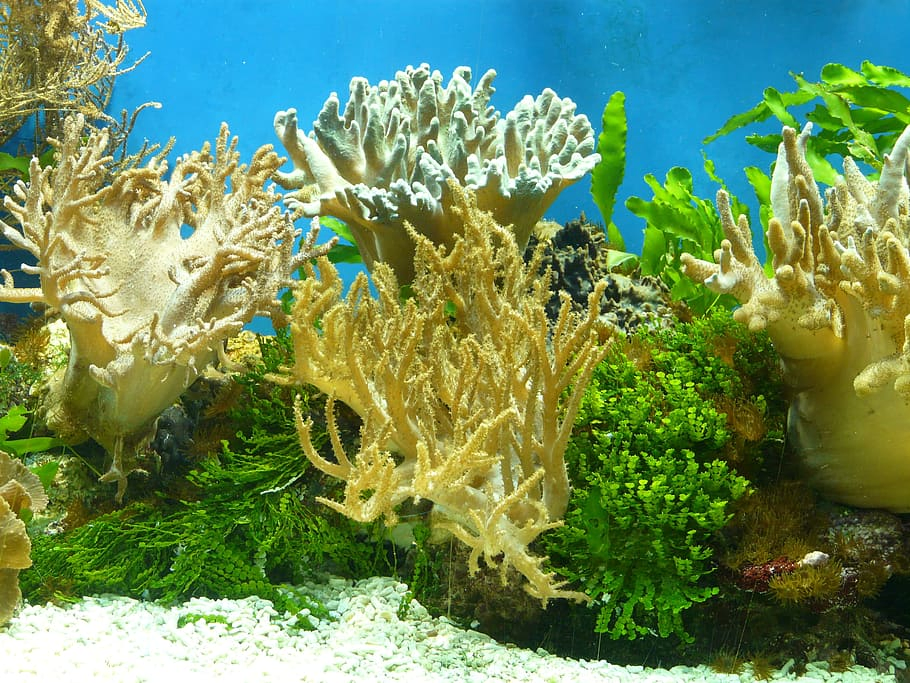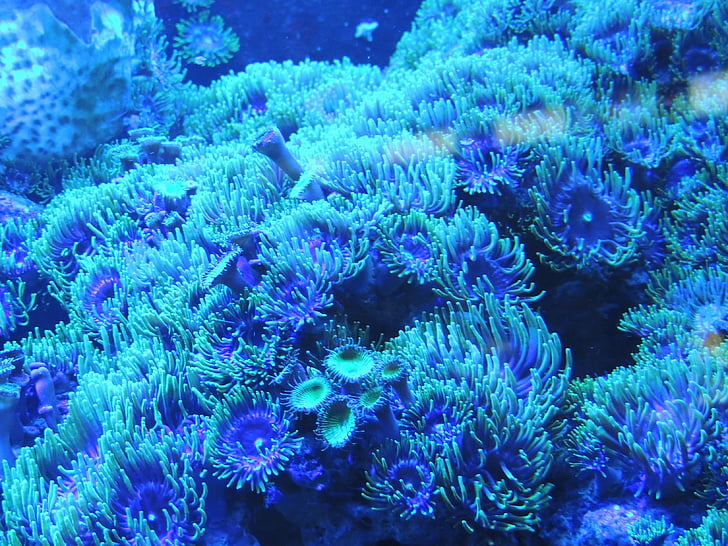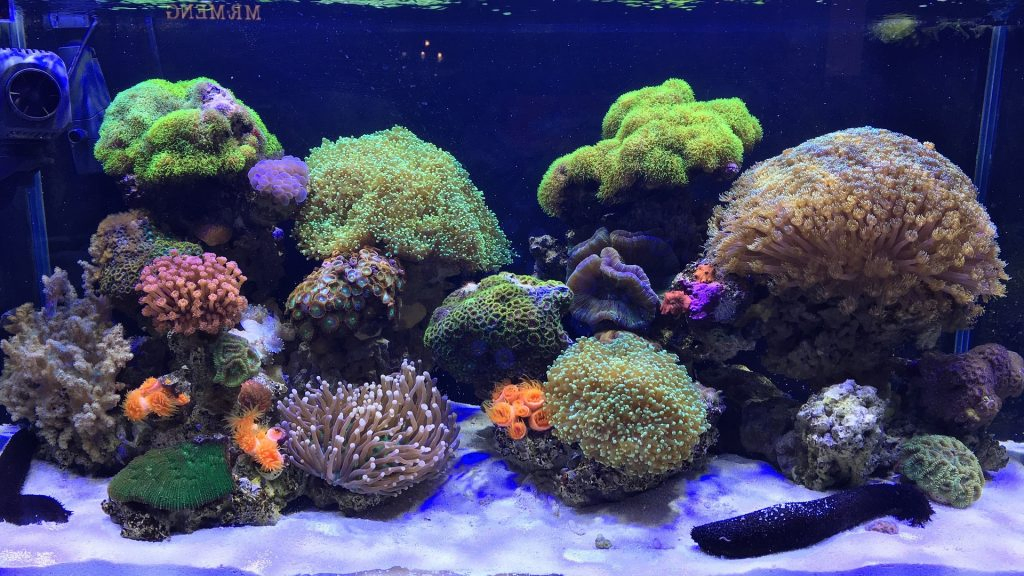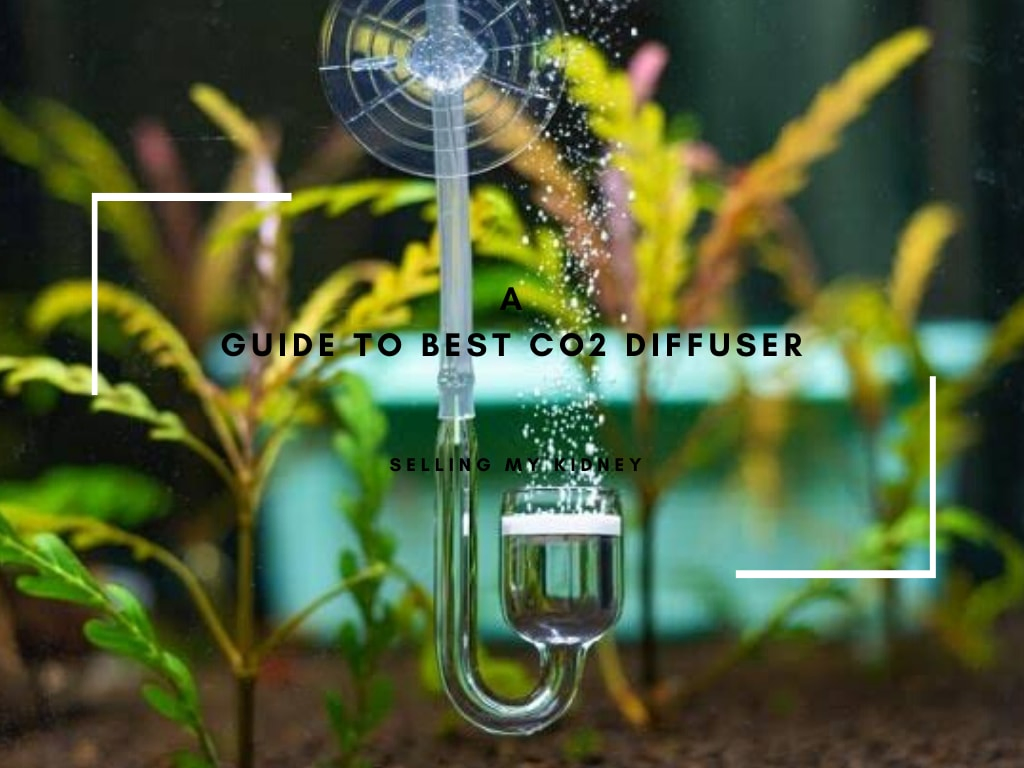Coral is a rich and diverse animal you can put into your aquarium. This amazing organism adds an interesting and expert style to any reef aquarium.
Something which deters many hobbyists from keeping this saltwater animal is the level of expertise it requires. Coral is an expensive addition to an aquarium, and it can be hard to maintain.
This difficulty arises because this fragile creature has very specific and unique needs when compared to many other animals you might put in your tank.
A great deal of this organism’s complexity comes from its specific light needs. You must make sure to use the proper light and the correct amount of it.
Doing this will keep your coral healthy and relaxed.
So, what is the best light spectrum for these marine organisms?

Although corals are animals, like plants, many of them are photosynthetic. This means that they require exposure to a certain type of light in order to create energy.
While there is no “perfect sweet spot” which works for all photosynthetic marine organisms, there are ranges you can anticipate.
Wavelengths of between 370 and 500nm are generally ideal. These levels will allow the light to travel down to the bottom of your tank.
This range includes colors on the blue side, so it’s best to stick with this light rather than use red or orange light which can’t adequately penetrate the water.
This allows you to create an environment where your coral not only receives enough light to survive, but it can also grow.
Most hobbyists make this a goal for their coral rearing.
The evolution of coral photosynthesis

You might ask yourself why coral is so picky regarding the type of light it chooses to live off.
Theoretically, it would be fairly practical for coral to respond to the entire light spectrum in order to easily adapt to new environments.
The thing is, maintaining a high range of sensitivity would come at a cost. From an evolutionary standpoint, it makes more sense to specialize on one abundant resource than to waste effort on something which is scarce.
For corals which live deep in seawater, this means they should focus on wavelengths which can penetrate the ocean.
These are at the end of the spectrum which includes colors such as blue, indigo, and violet. Other wavelengths, such as red or orange, barely make it to the ocean floor.
On the contrary, there are many terrestrial plants which can thrive at these wavelengths which are not so far-reaching.
This is because they adapted to live in areas which aren’t so concerned about light penetration.
This is why aquarium lights you often see tend to fall within this range. To top it all off, it also makes for a pretty set up.
Just remember that everything has to be given in a measured amount. You don’t want to force-feed your coral. Sure, it might help it grow a bit, but it would come at a potentially deadly cost.
Think about it this way – if you wanted your horse to grow up to be healthy and strong, would you just keep feeding it more and more?
No, because at a point it would reach maximum capacity. It couldn’t just continue to process food indefinitely, and it would need to be able to sleep at some point.
Leaving the lights on for too long can seriously overwork your coral. This will stress them out a lot, and can be deadly to the sensitive coral.
It is also worth noting that while light can be helpful, corals also eat other things. Many of them find extra nutrients from particles of leftover food or even in the waste of other animals in your tank.
If you don’t have fish living in your tank, you can always buy commercial coral food. Just try to remember that this topic is up for debate.
Trial and error is often the best method to keep your coral in check.
Coral fluorescence

This phenomenon directly relates to how corals will look in your tank. The pigmentation of corals can vary quite a bit, even within species.
While some of these coloration differences are beyond our control, there are certain aspects to keep in mind when aiming to optimize the beauty of a tank.
The color of a coral is directly related to the light which is used in a setup. The color it gives off is a reflection which radiates the light they receive.
In order to optimize how your tank looks, it is best to narrow the wavelength range of the lights in your aquarium.
For this purpose, it is best to maintain a range of between 400 and 450nm.
This will not only be good for superficial purposes, but it lies well within the range of good productivity and coral growth.
LED light technology
There are several different types of light which can be used in a tank, but experts generally recommend LED lights.
While these lights are typically more expensive than other, more traditional options, they offer some benefits which make it more than worth the cost.
These are the top reasons why individuals choose to invest in LED lights rather than other options:
- Better efficiency and less heat
LED lights are incredibly efficient. In the long run, they are cheaper to operate than traditional light fixtures. They won’t just save you money, though, they can also save your tank!
Due to the efficiency of LED lights, they do not overheat a tank as traditional bulbs will.
This is especially important if you have a very small tank or have animals and plants living inside which are sensitive to any small adjustments in water conditions.
It also makes it easier for hobbyists to adjust and move things with ease. It was very easy to burn yourself on those old lightbulbs which tanks used to have.
Another aspect which puts them ahead of the competition is their ability to focus on specific areas.
Old fluorescent tube bulbs were unable to control where their generated light went. With LED lights, you can use a special lens to focus it in one particular area.
- Extended lifespan
Their efficiency is not only better in terms of quality, they are also pretty long-lasting. You can have these LEDs for a long time – many years, in fact. This is a great solution to traditional bulbs which require constant replacement every couple of months.
- Adjustability options
You also can get several lights in one. Many of the new LED fixtures come complete with dimmable technology.
You can adjust the intensity of your lights without the need to change them or install additional bulbs.
This is pretty amazing, as they now allow you to simulate sunsets and sunrises, something which wasn’t particularly feasible with traditional light setups.
Normally, you could offer either night or daylight, and you would switch back and forth between the two without any transition.
Coral is an expensive investment which can transform the look of your reef tank. This surprisingly fragile animal requires special attention and maintenance.
This creature is known for being notoriously hard to keep, but that doesn’t mean it’s impossible. Taking a few small steps in your set up is the difference between a novice and an expert.
In order to keep your coral happy and healthy, you must make sure to invest in proper lighting. If you have any experience keeping coral, we’d love to hear from you.
Feel free to share any of your stories and suggestions in the comments below.





